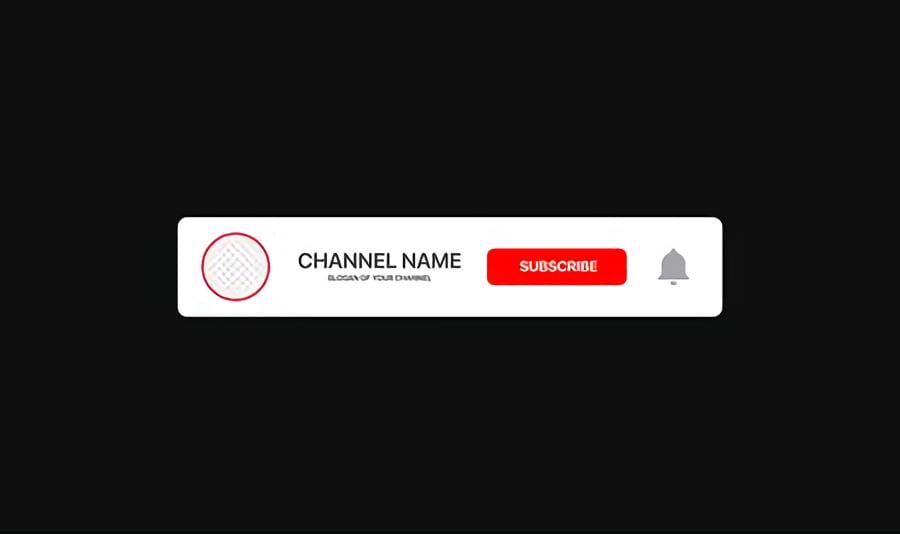11 Video SEO Best Practices You HAVE To Know
11 Video SEO Best Practices. Today, I will write about Video SEO. Video SEO helps you get your video indexed and ranked on search engines for relevant keywords? Video SEO helps make your video easily discoverable. Video SEO is not just about Google, though – It takes care of rankings on YouTube, Vimeo, and several other video sites in one go.
How do you make your videos more SEO-friendly?
Video SEO Best Practices 1 | Setting Goals & Finding the Right Keywords

Setting Goals & Finding the Right Keywords Before you begin creating video content, you need to know what it is you’re out to do with the video. Are you trying to Increase conversions? Spread Brand Awareness?
Generate more backlinks? Answering these questions will help you figure out what kind of content you need, who your target audience is, and the best to get their attention. Then identify what your audience is searching for and the keywords they’re using. You could use tools like YouTube’s Search Suggest, YouTube analytics & Keywordtool.io for your keyword research.
Our personal favorite Video SEO keyword research tool is AhRefs. With a seven-day trial for $7, you could plan out three months’ worth of content in a week! Here’s how we use it: – First, we settle on a popular keyword in our niche using Google suggest. – Next, we enter the keyword into Ahrefs Keyword Research Explorer and set YouTube as the search source. – This gives us a list of the most popular search terms around the keyword.
– Also, you get a vast list of additional keyword ideas – Now filter this list by traffic and keyword difficulty to arrive at the terms you’ll make your video around. Now, we can create video content that’s designed to answer these queries and use the keyword to enrich the Title, Description, and Transcript of the video. It’s that easy.
Video SEO Best Practices 2 | Picking The Right Platform

Picking The Right Platform Now, it’s time to decide where you’re going to put up your video. The obvious answer is, of course, YouTube. But this decision is slightly more complex than that.
The thing is, different platforms can give you various benefits. For example, platforms like YouTube and Vimeo work best if you aim to spread brand awareness and get as many likes, shares, and comments on the video as possible. However, these platforms don’t work particularly well when the goal is to get traffic from the video to your website. Most people move on to the following suggested video instead. In these scenarios, using other hosting platforms like Wistia or Vidyard work best.
The bottom line is – Make sure you know what you’re looking for before you pick a platform to upload.
Video SEO Best Practices 3 | Video Length

Video Length A video’s length can vary based on the topic. If your video is for promotional purposes, I’d suggest keeping it as short as possible. This is because of our ever-decreasing attention spans. Viewers aren’t interested in long, drawn videos any more – The aim is to give them as much information in as little time as possible.
The only time you should be creating longer videos is for educational or informative purposes – when the aim is to get a large amount of information across.
Video SEO Best Practices 4 | Name of the video file

Pay attention to the File Name No; I’m not talking about the video’s title. This is a straightforward step that most people forget when trying to strengthen their video SEO game. Search Engines take the name of the video file into account when you upload it. So make sure the file name is keyword-centric.
Video SEO Best Practices 5 | Optimizing for Smartphones

Optimizing for Smartphones There’s no way you watch ALL your video content on a desktop.
There’s a high chance you watch a majority of your videos on a smartphone. So why should your viewers be any different? Think of all the screens you can play a video. You are optimizing your video for different screens and devices signals to search engines that your content is more readily understandable by people who use these devices. BOOM – You just got yourself a video SEO Boost.
Video SEO Best Practices 6 | Metadata

Metadata A video’s metadata is information that helps categorize the video online. Search Engines use this metadata to help them index and rank the video on their systems. You could say it’s almost central to video SEO. For YouTube, the video’s title, description, and tags create the metadata for that video. However, if you’re hosting the video on third-party platforms, you should check if they generate metadata for your video.
Wistia, for example, creates video SEO metadata for every video hosted on their platform with a little something called JavaScript Object Notation for Linked Data (JSON-LD). Alternatively, if you’re uploading a video onto your website, it’s better to create SEO metadata yourself. You could use schema markup or make a video sitemap to submit to Google Webmaster Tools to help your video rank.
Video SEO Best Practices 7 | Video Title & Description

Video Title & Description The Title and Description of your video should be the first thing you optimize before uploading. You’ll need to enrich these fields with your target keywords so that search engines can rank them for relevant queries.
Keep your title as eye-catching as possible. Hint at what the video is about, but don’t give away too much. Remember, you’re trying to urge them into clicking your video! Descriptions, on the other hand, should be treated as mini-blogs. The reader should be aware of what the video contains after reading the description.
But Titles and Descriptions aren’t the only things that catch the viewers’ attention..
Video SEO Best Practices 8 | Nailing The Thumbnail

Nailing The Thumbnail The Thumbnail is one of the first things your viewers will judge your video. Don’t use dimly lit, lackluster screenshots of your video for the thumbnail. Instead, create your custom thumbnail!
Use relevant high-quality images. Throw in some graphics. Make it pop. Your thumbnail is your first handshake with the viewer. An intriguing thumbnail is going to get your video more views.
And that shows search engines that your video is attractive to many viewers, boosting its ranking in the process—instant video SEO.
Video SEO Best Practices 9 | Transcripts

Transcripts are a HUGE boon in the world of video SEO. They’re a written format of the content of your video. More importantly, they’re what search engines use to ‘read’ the content of your video.
Make sure you create and submit a transcript for your video before uploading it. This is going to make the search engine’s job easier. Always remember – Any video that helps search engines classify them will get more preference in the ranking system. These transcripts will help Google bring more traffic to your video.
Video SEO Best Practices 10 | One video per page
Video SEO For Your Website When you’re uploading videos onto your website, remember three things.
1. Use only one video per page. Search engines usually stop crawling a page as soon as they find a video. Putting up two videos on the same page will split the SEO focus between the two, harming the performance of both videos in the process. Instead, upload a single video to make sure it’s the page’s focus for better video SEO.
And if you HAVE to put up multiple videos on a single webpage, remember to Keep the video your trying to rank for higher than the others.
2. Keep your video at the TOP of your page. Keeping videos at the bottom of the page hides them from viewers who won’t scroll through – leading to lower play rates. Even search engines don’t go out of their way looking for hidden video content on a page to index. Boost your video SEO by keeping a close eye on its placement and ensuring it’s as prominent as possible.
3. Ok, now this is important. Whatever video you upload to a page, make sure the video’s content is relevant to the content on that page. Do not put random videos on pages that have nothing to do with them. This will only signal to search engines that you’re trying to stuff as much information onto a single page as possible.
Search engines don’t like incomplete information. That is not good for the video’s SEO. Make sure your content matches the webpage! And finally, the last entry onto this list:
Video SEO Best Practices 11 | Analyze and Improve
Analyze and Improve every time you upload a video; make sure you track its performance. This gives you the perfect opportunity to address areas for improvement and cultivate better relationships with your views. Well, there you have it.



